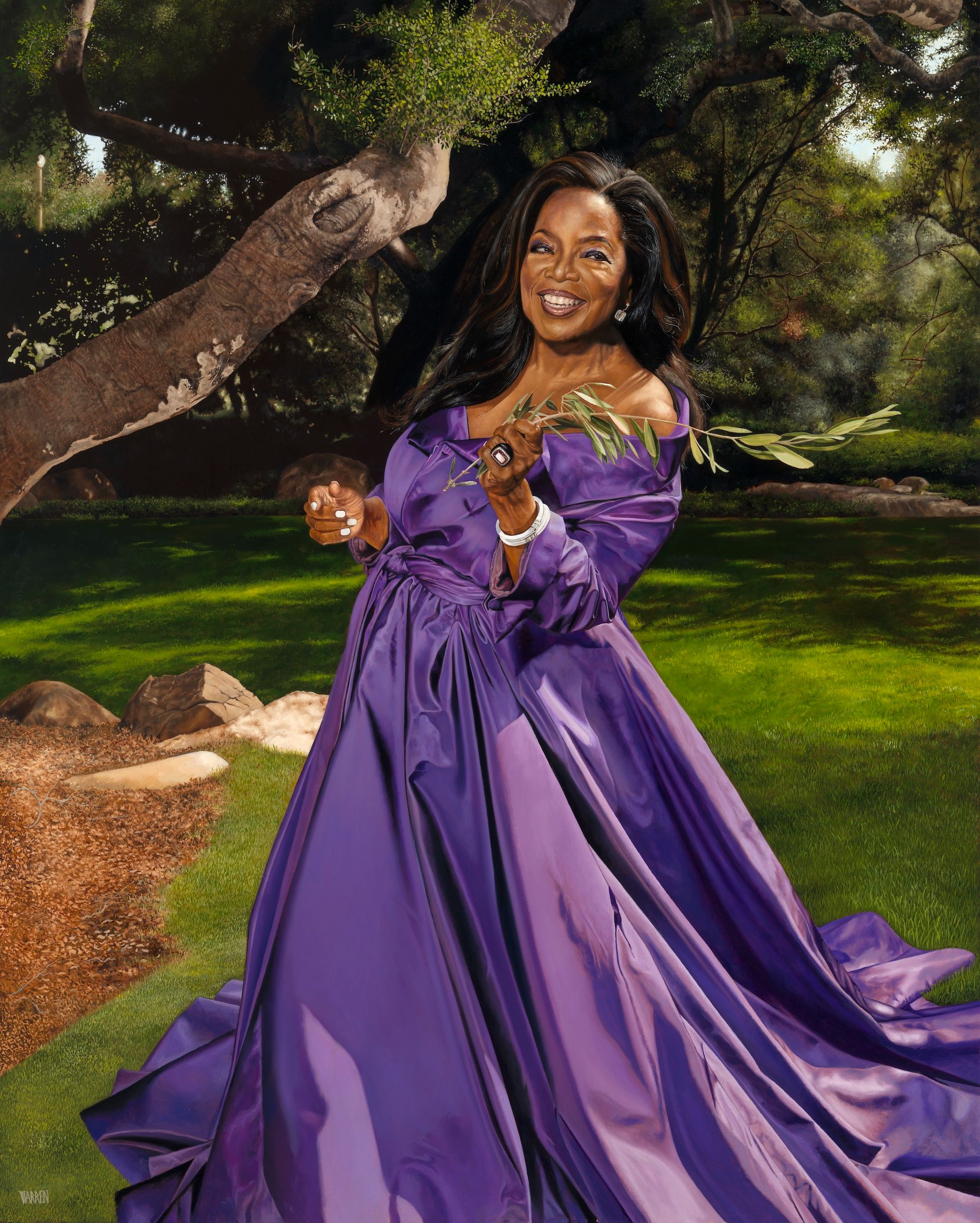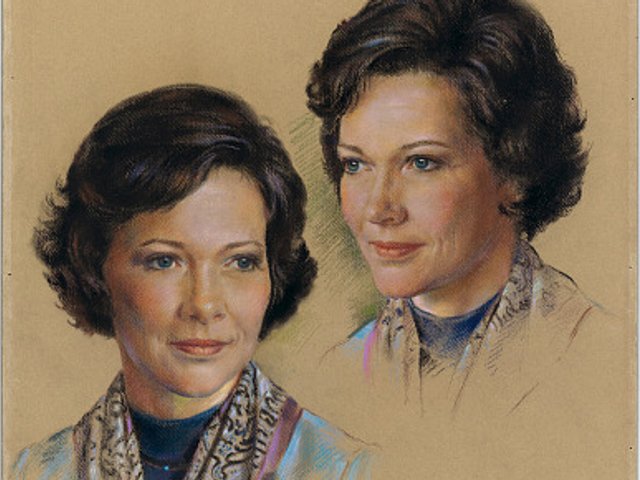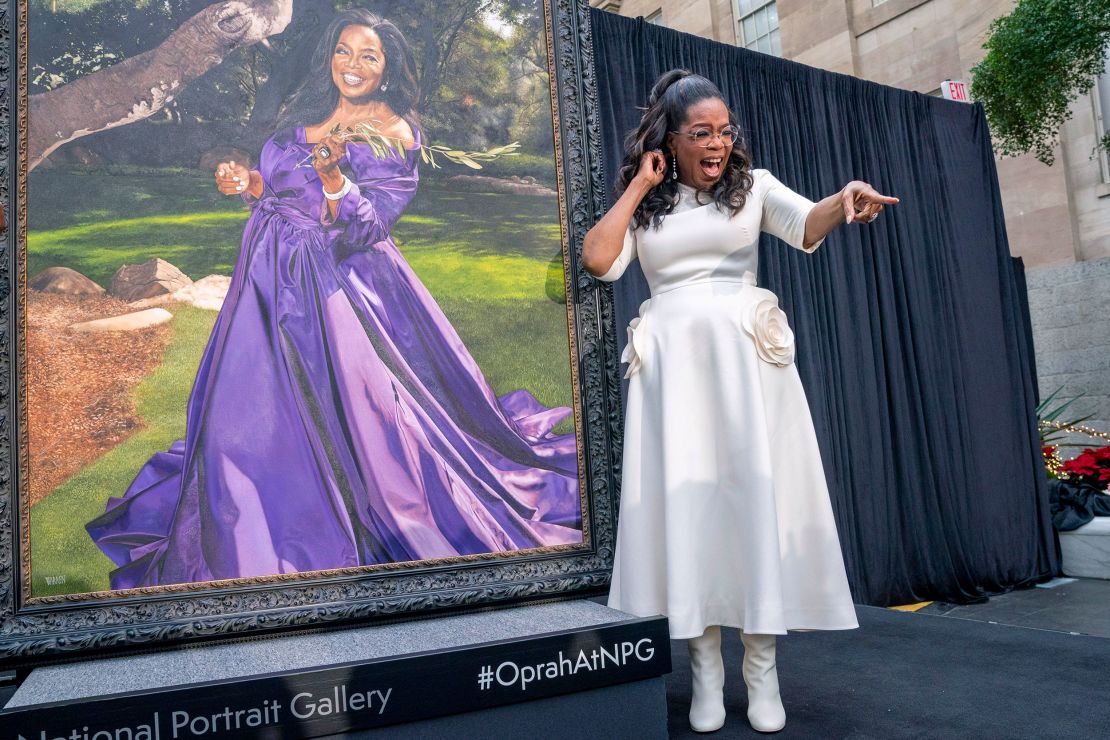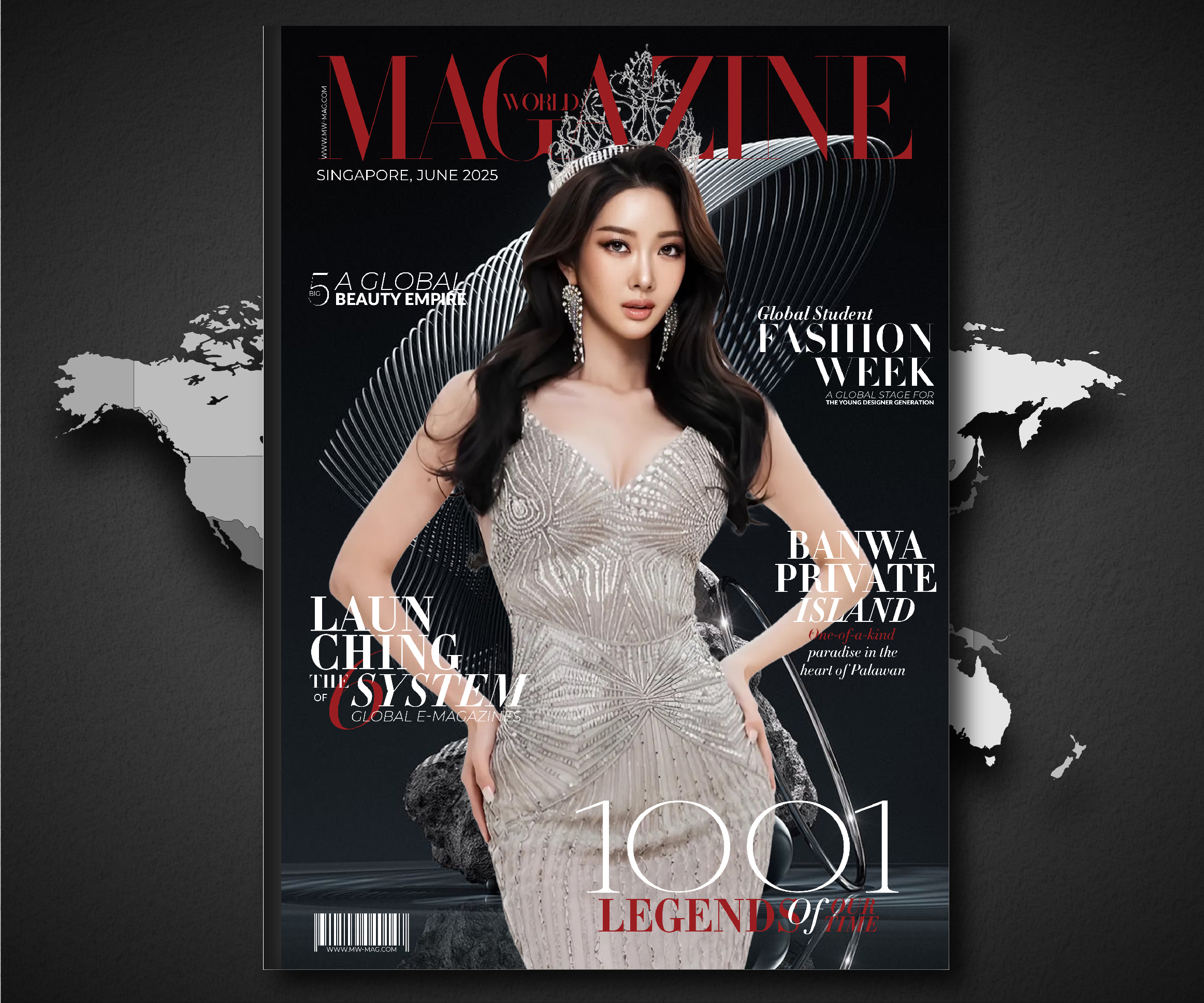The official unveiling of media titan Oprah Winfrey’s portrait at the Smithsonian’s National Portrait Gallery (NPG) marks far more than a simple addition to a museum collection; it is the permanent enshrinement of a global cultural force into the canons of American history. Painted by Chicago artist Shawn Michael Warren, the imposing, nearly seven-foot, oil-on-linen canvas depicts Winfrey in her private California garden, standing proudly in a vibrant, violet taffeta gown. The artwork is immediately striking, using potent symbolism—from the color of her dress, a direct reference to her breakout film role, to the olive branch in her hand—to tell a deeper story. This commissioned masterpiece joins a rarefied collection of living figures, affirming the NPG’s commitment to documenting those who have fundamentally reshaped the landscape of contemporary American culture, not through political power, but through the sheer force of personality and entrepreneurial genius.
A New Pantheon of American Icons
Inclusion in the National Portrait Gallery’s permanent collection is one of the highest civic honors an American figure can receive, representing a formal validation of their historical and cultural significance. For a living figure to be commissioned for the collection, as Oprah Winfrey has been, is particularly rare; since 1994, the NPG has only commissioned approximately 35 portraits of living subjects. This places Winfrey in an exclusive modern pantheon alongside groundbreaking figures like Presidents, First Ladies, and other world-renowned contributors to society and the arts.

The selection of Winfrey signals a crucial evolution in what constitutes American historical significance. While the NPG has traditionally focused on political and military leaders, its recent acquisitions have increasingly highlighted individuals who have redefined culture, communications, and social influence. Winfrey, as a global media leader, philanthropist, actor, author, and entrepreneur, represents a new kind of power—one built on empathy, connection, and the ability to inspire millions to self-improvement. Her inclusion is a clear statement that cultural impact, particularly through mass media and philanthropy, is as vital to the American story as political governance.
This contemporary approach to collecting is exemplified by the portrait’s ability to generate immediate and widespread public fascination. The NPG experienced an unprecedented surge in visitor numbers following the unveiling of the portraits of Barack and Michelle Obama, an event director Kim Sajet famously described as a “secular pilgrimage.” By adding Winfrey’s image, the museum continues to embrace this public engagement, solidifying its role not just as a repository of historical figures, but as a dynamic cultural hub that recognizes and celebrates the heroes of the present day.
The Artist and the Muse: A Chicago Connection
The selection of Shawn Michael Warren to execute this monumental task was both a deeply personal choice by Winfrey and a nod to her Chicago roots, where The Oprah Winfrey Show was produced for over two decades. Warren, a Chicago-based artist, first came to the media mogul’s attention after co-creating a massive, highly-praised mural of her in the city’s West Loop, near the former location of Harpo Studios. Winfrey was so impressed by the mural’s artistry that she later handpicked Warren for the official commission, demonstrating the power of grassroots artistic recognition in the high-stakes world of national patronage.

Warren’s artistic background made him ideally suited for the commission. An alumnus of the American Academy of Art in Chicago, he honed his skills with an intensive drawing program at the Florence Academy of Art in Italy, where he studied the techniques of Renaissance masters. This rigorous classical training informs his style of stark realism and narrative painting, allowing him to create works that are not just technically precise but rich in symbolic storytelling. His mastery of drawing—which he calls the “bare bones” and the “most important” element of a good portrait—ensures the likeness is robustly captured before the meticulous application of paint and glazes.
The artist’s technical skill is evident in the portrait’s hyperrealistic rendering, particularly of the voluminous purple taffeta gown and the details of the garden. The sheer scale of the oil on linen canvas, measuring nearly seven feet, commands attention and conveys a traditional sense of stature and grandeur, yet Warren ensures the subject’s engaging warmth is preserved. His ability to capture not just her likeness but her essence—a term Winfrey herself used to praise the finished piece—highlights the success of his approach, which combines intense study and observation with an intimate understanding of his celebrated sitter.
Decoding the Canvas: Symbolism in Scarlet and Green
The portrait is a masterclass in modern allegory, with every element carefully chosen to reflect the pivotal chapters of Oprah Winfrey’s life. Most prominent is the purple taffeta Christian Siriano gown, an immediate and deliberate reference to the color purple. This hue is deeply personal to Winfrey, symbolizing her breakout role as Sofia in Steven Spielberg’s 1985 film adaptation of Alice Walker’s novel, The Color Purple. That film role, which earned her an Academy Award nomination, was a turning point that affirmed her voice and changed the trajectory of her career, establishing her as an artist in her own right. By adopting this color for her national portrait, Winfrey ties her enduring legacy to the artistic endeavor that first announced her arrival to a global audience.

The setting, too, is heavy with personal significance. Winfrey is depicted standing in the verdant setting of her private prayer garden at her California estate. This is not a formal studio setting or a generic backdrop; it is a vulnerable, spiritual space that reflects the deeply held faith and quest for self-improvement that she has promoted throughout her career. Adding to this spiritual symbolism are the twelve interwoven oak trees surrounding her, which Winfrey privately likens to the Twelve Apostles. This detail powerfully links her faith and personal environment to the grandeur of her public stature.
Furthermore, in her left hand, Winfrey gently holds an olive branch. This ancient symbol of peace, goodwill, and victory is a fitting emblem for a figure known globally for her philanthropic endeavors and her message of connecting with people to inspire them. The inclusion of the olive branch, combined with her broad, welcoming smile, successfully conveys the warm, generous, and optimistic spirit that the NPG sought to recognize, transforming a static image into a narrative of grace and powerful public influence.
The Legacy of the Full-Length Portrait
The choice of the full-length portrait format, traditionally reserved for royalty and heads of state, speaks volumes about Oprah Winfrey’s status in the United States and globally. At nearly seven feet tall, the painting demands that the viewer look up to the subject, formally conveying her immense stature and influence. This deliberate artistic decision places her on par with the most powerful figures in American history, utilizing an established visual vocabulary of authority to celebrate a non-political icon.

In a world increasingly dominated by fleeting digital images, Warren’s work is a powerful assertion of the endurance of oil on canvas. It is a meticulous, two-year project born from in-depth research and collaboration, resulting in a physical object meant to last for centuries. At the unveiling ceremony, Winfrey reflected on the unimaginable dream of having her image hang in the nation’s capital, “alongside all the greats.” Her joy and pride underscored the painting’s success, confirming that it not only captured her likeness but also the very essence of contentment and strength she has achieved. The portrait by Shawn Michael Warren is not just a commemoration; it is a definitive visual testament to the profound cultural impact of a woman whose life story became an inspiration for millions, ensuring her place in the permanent, evolving narrative of the nation.




